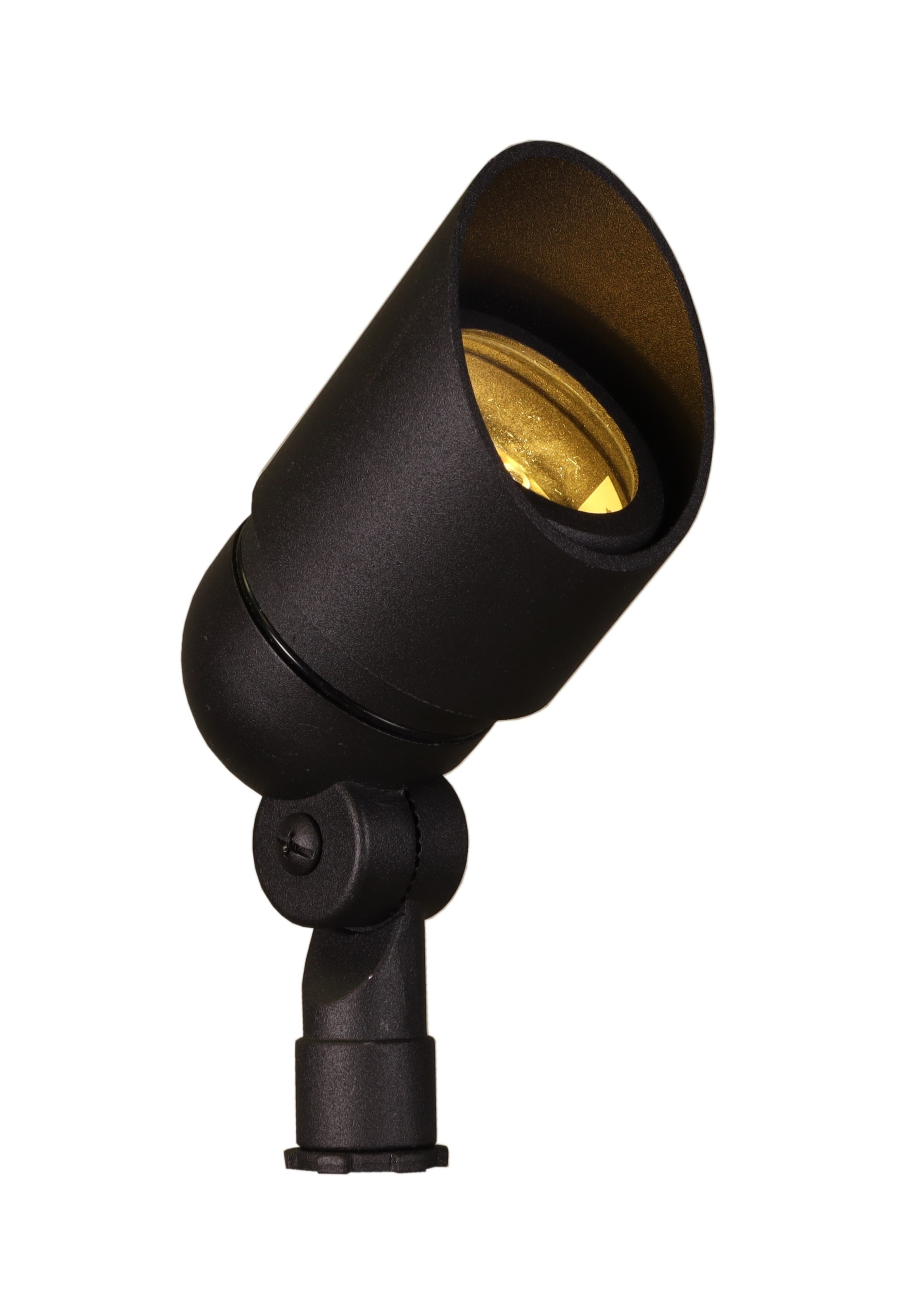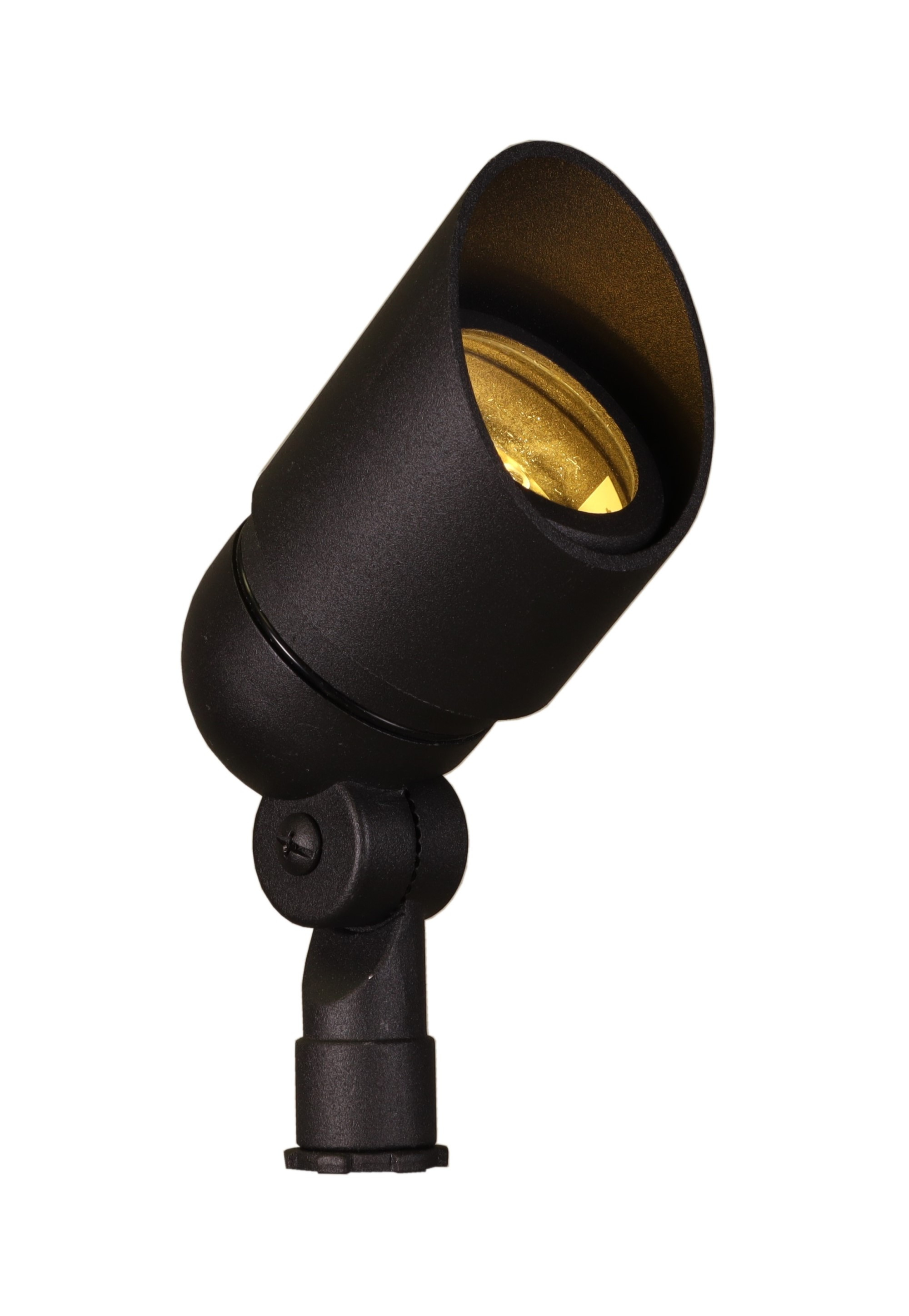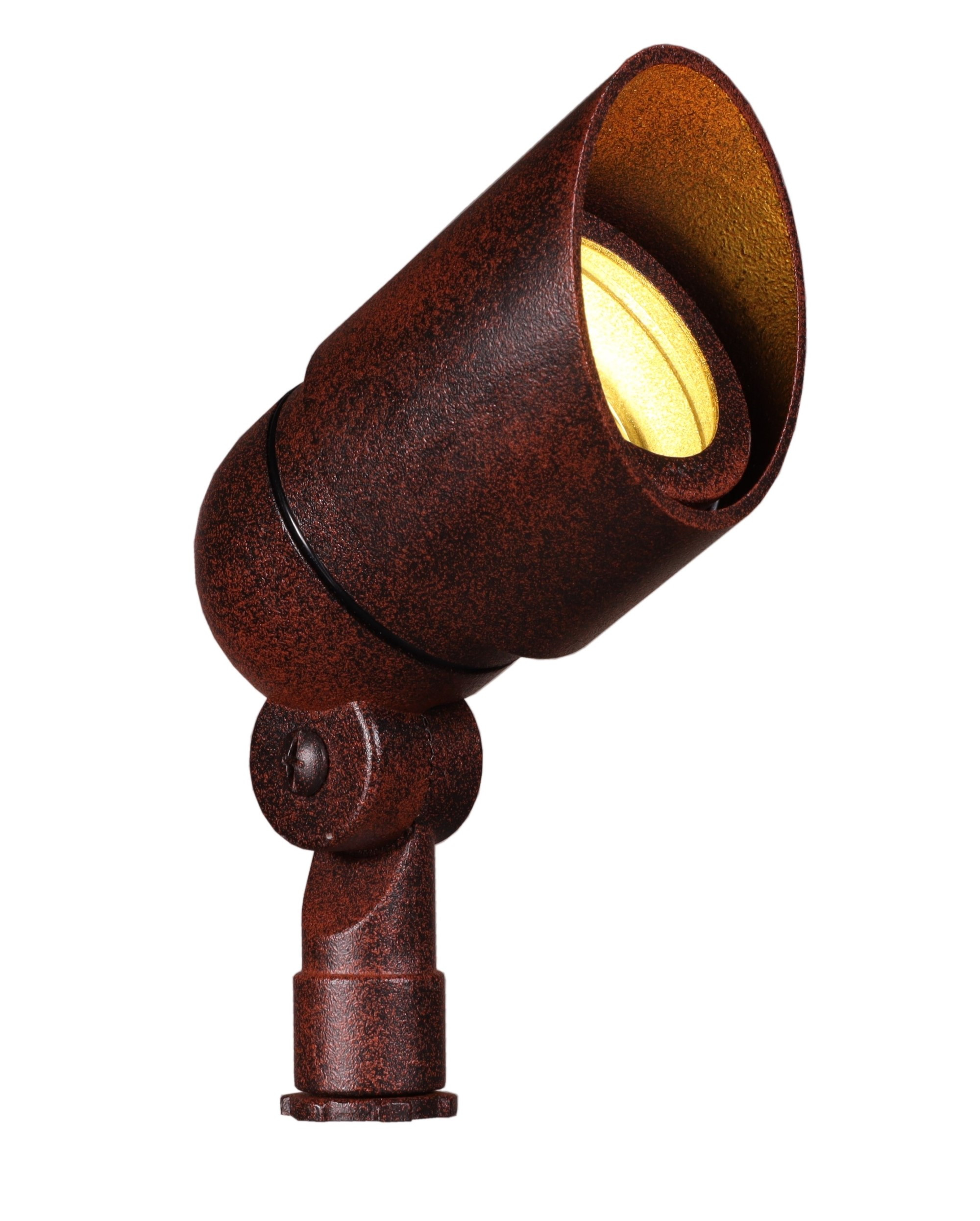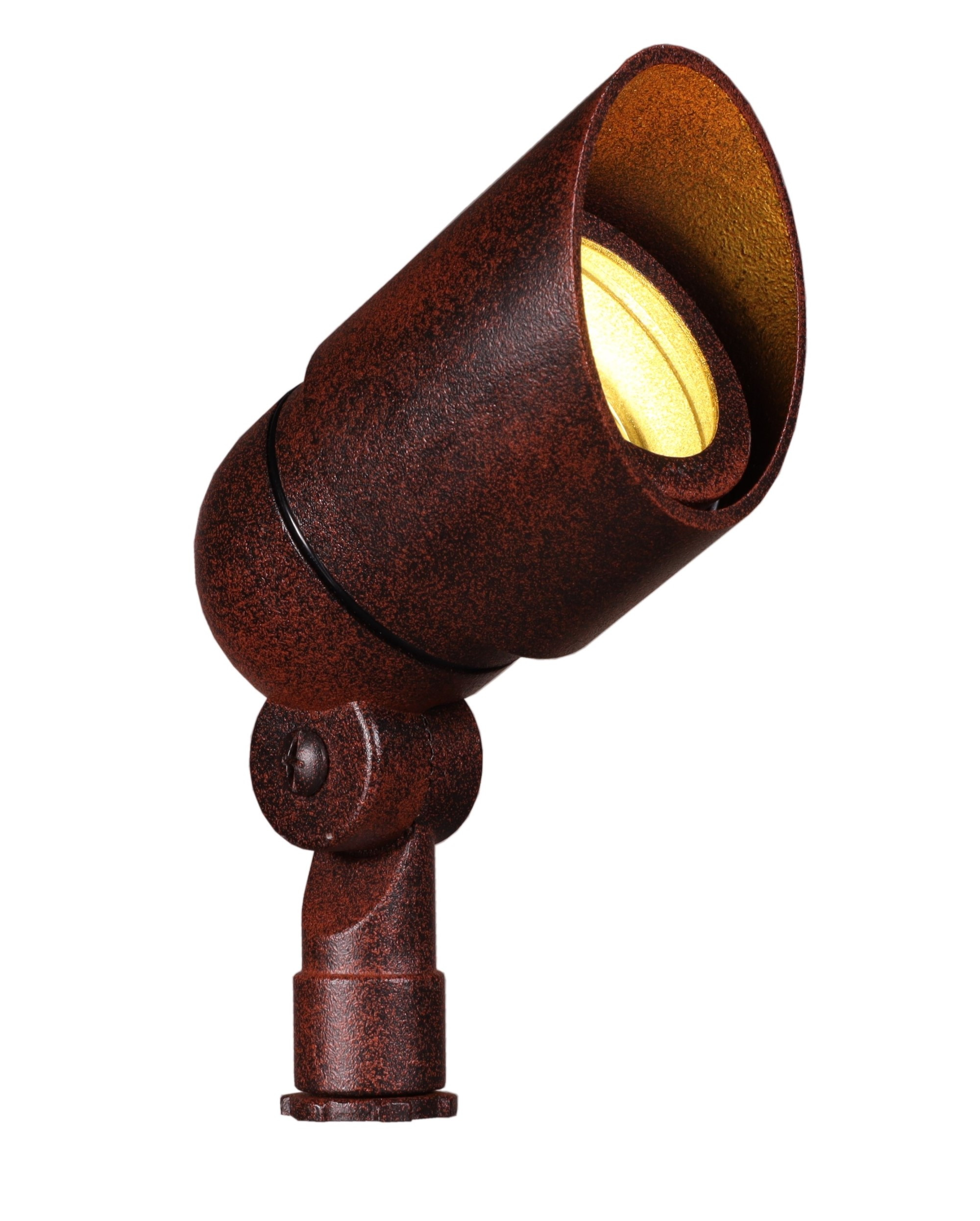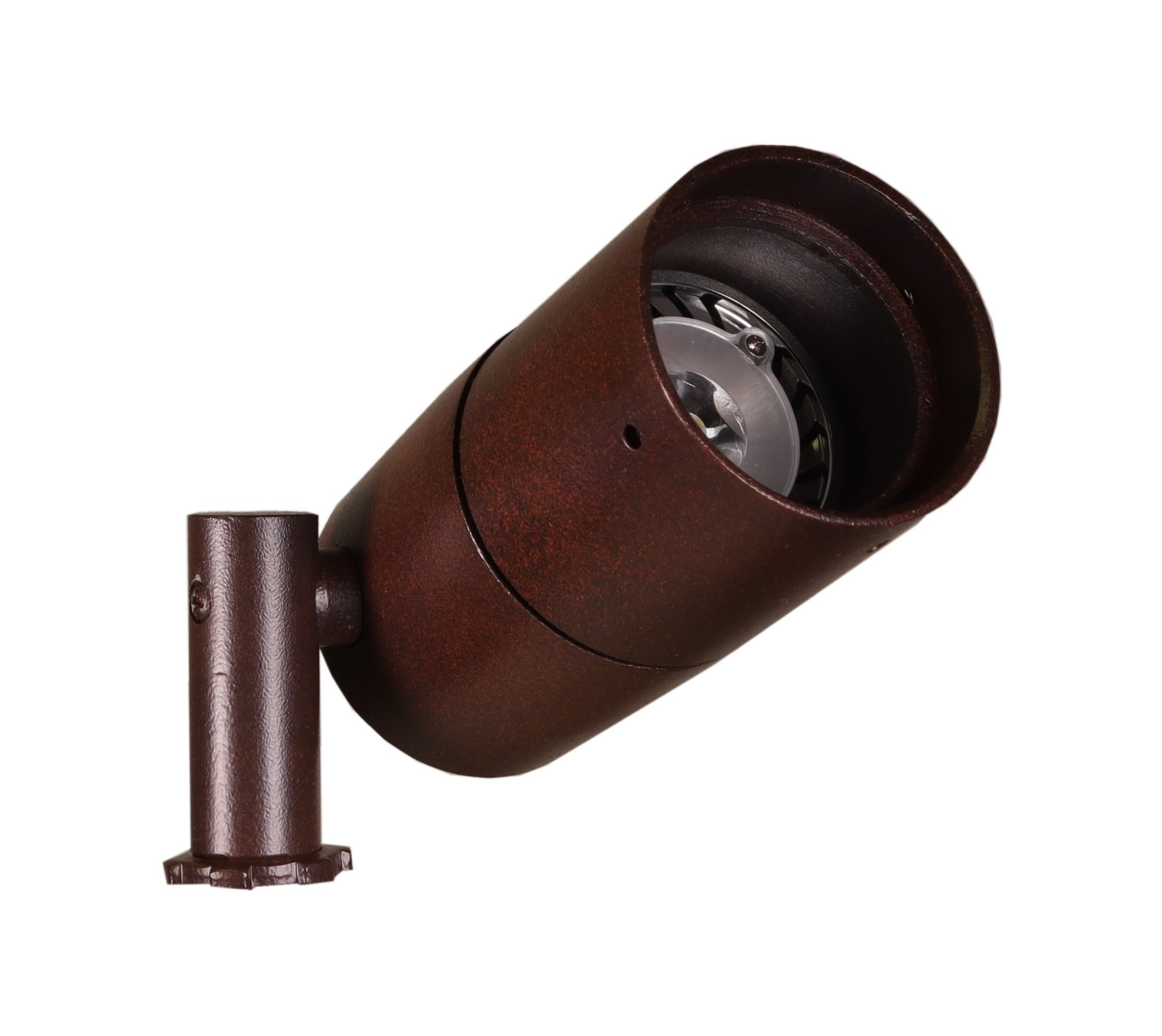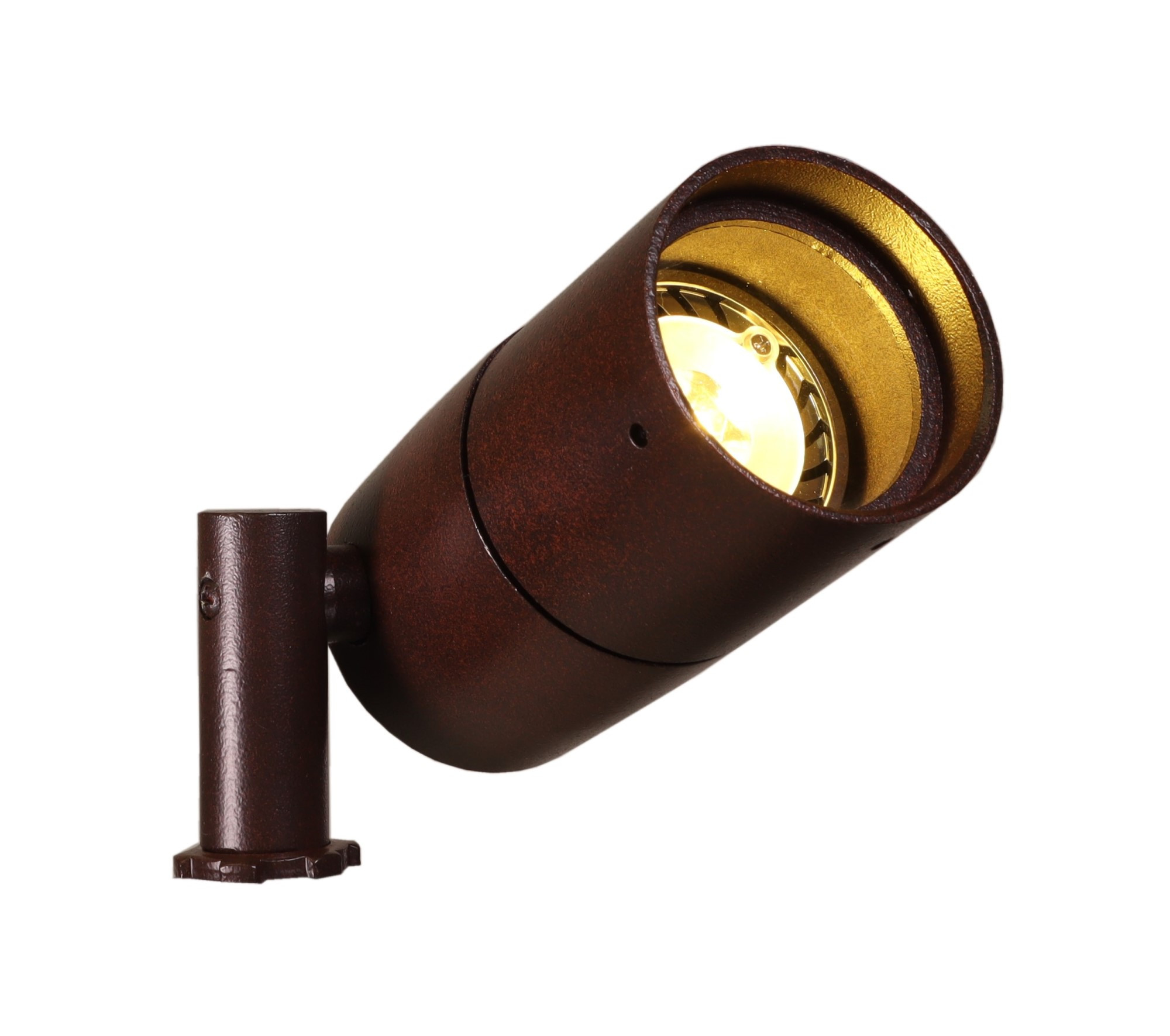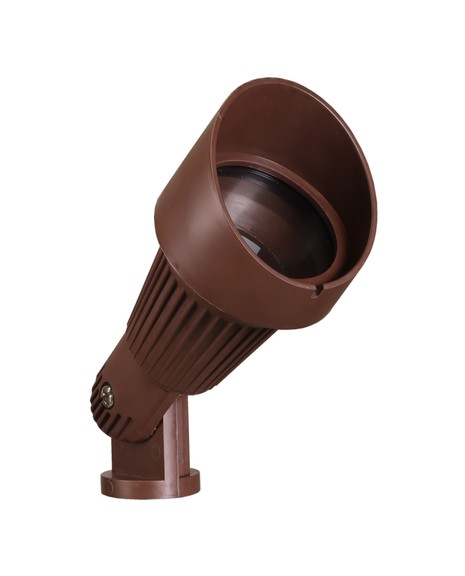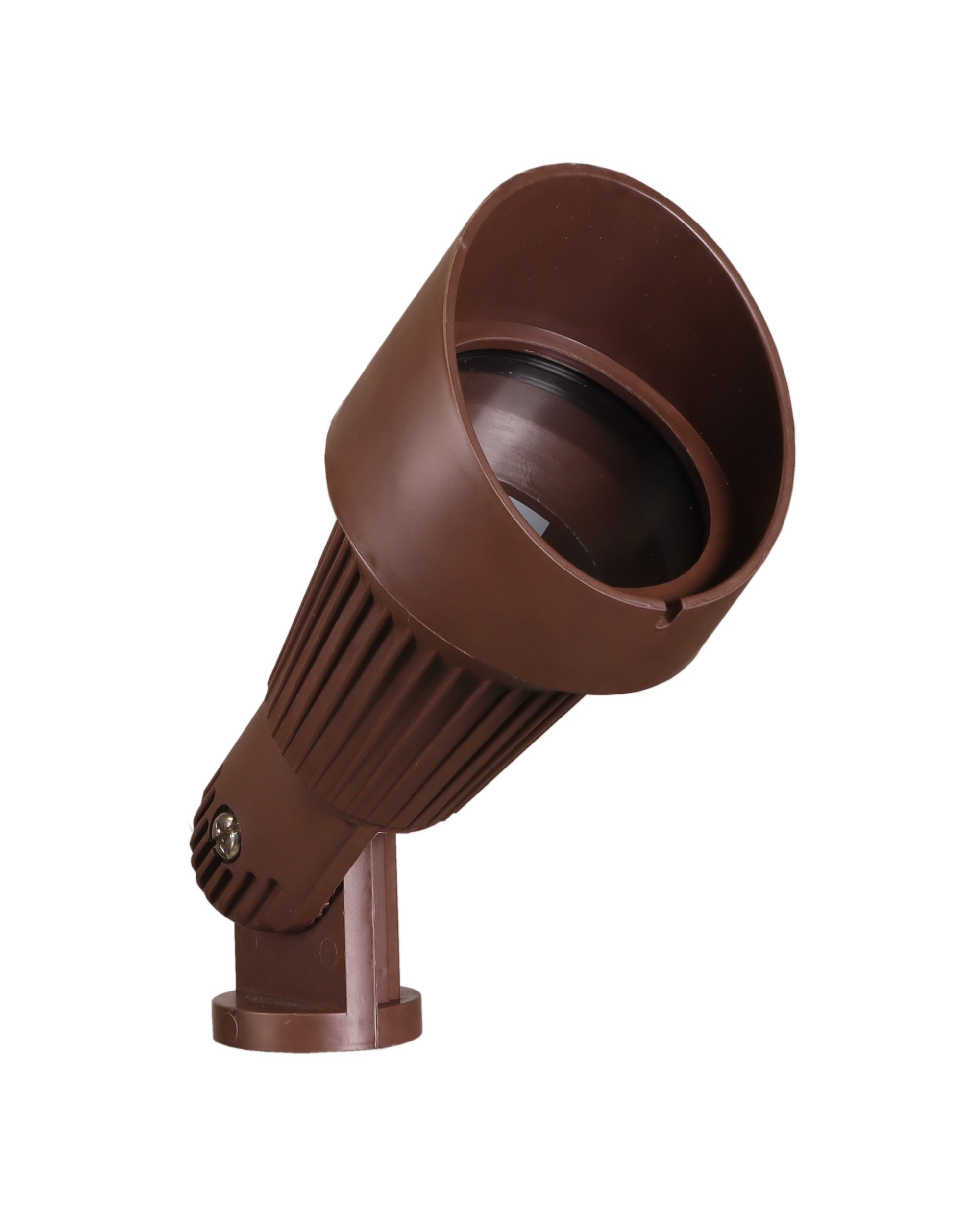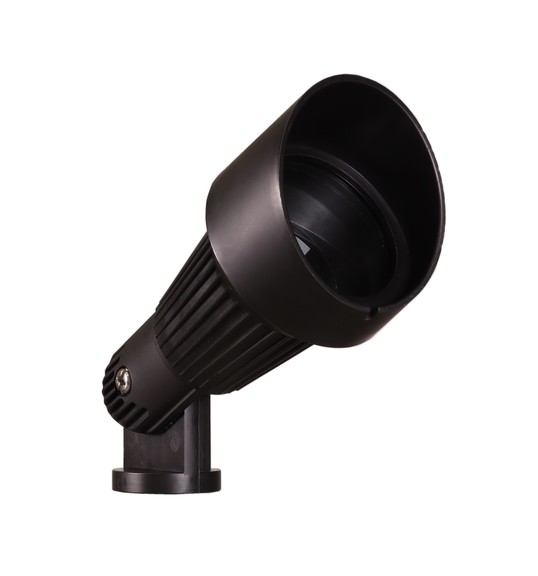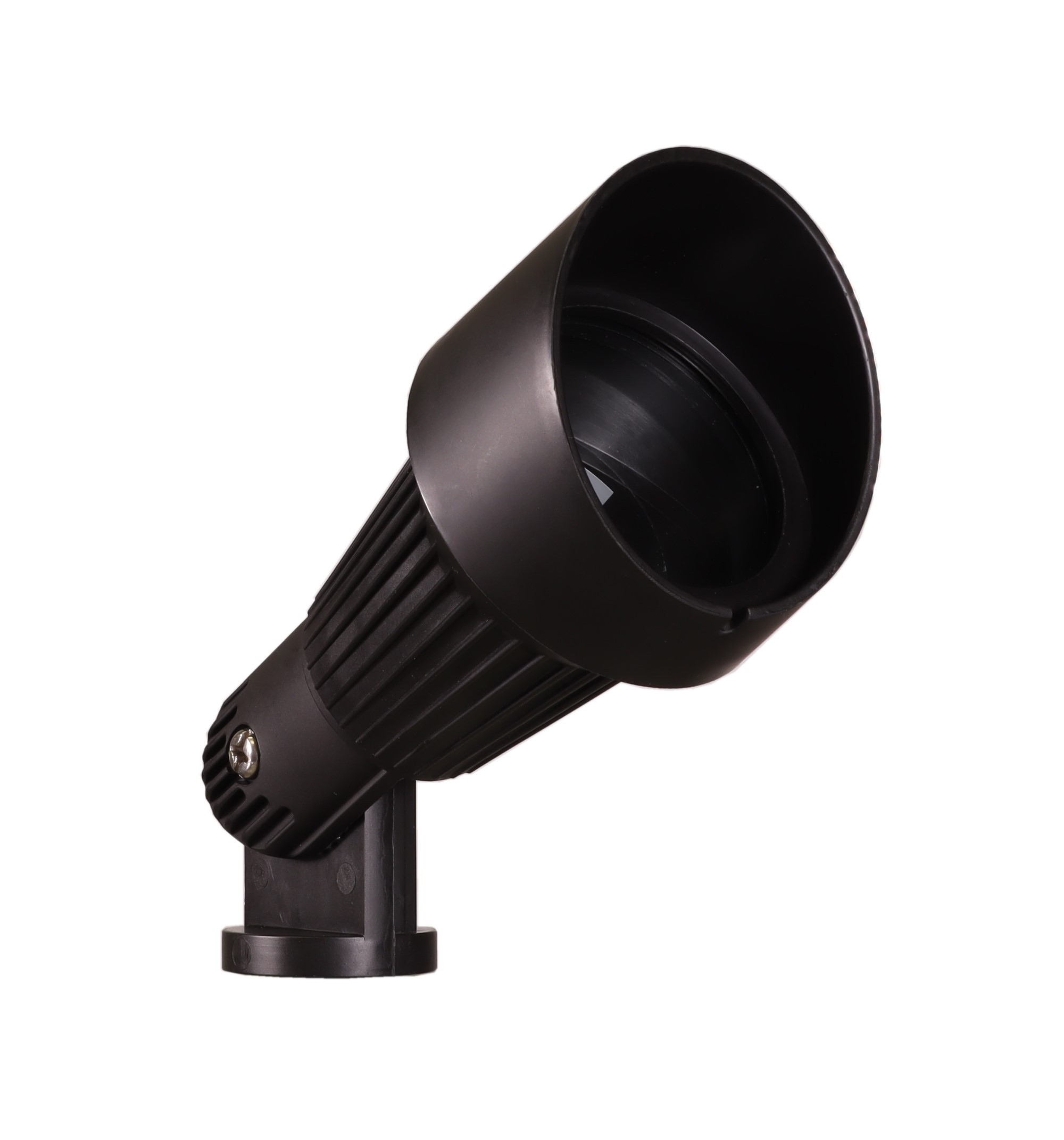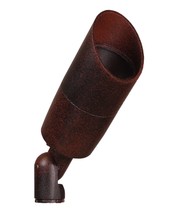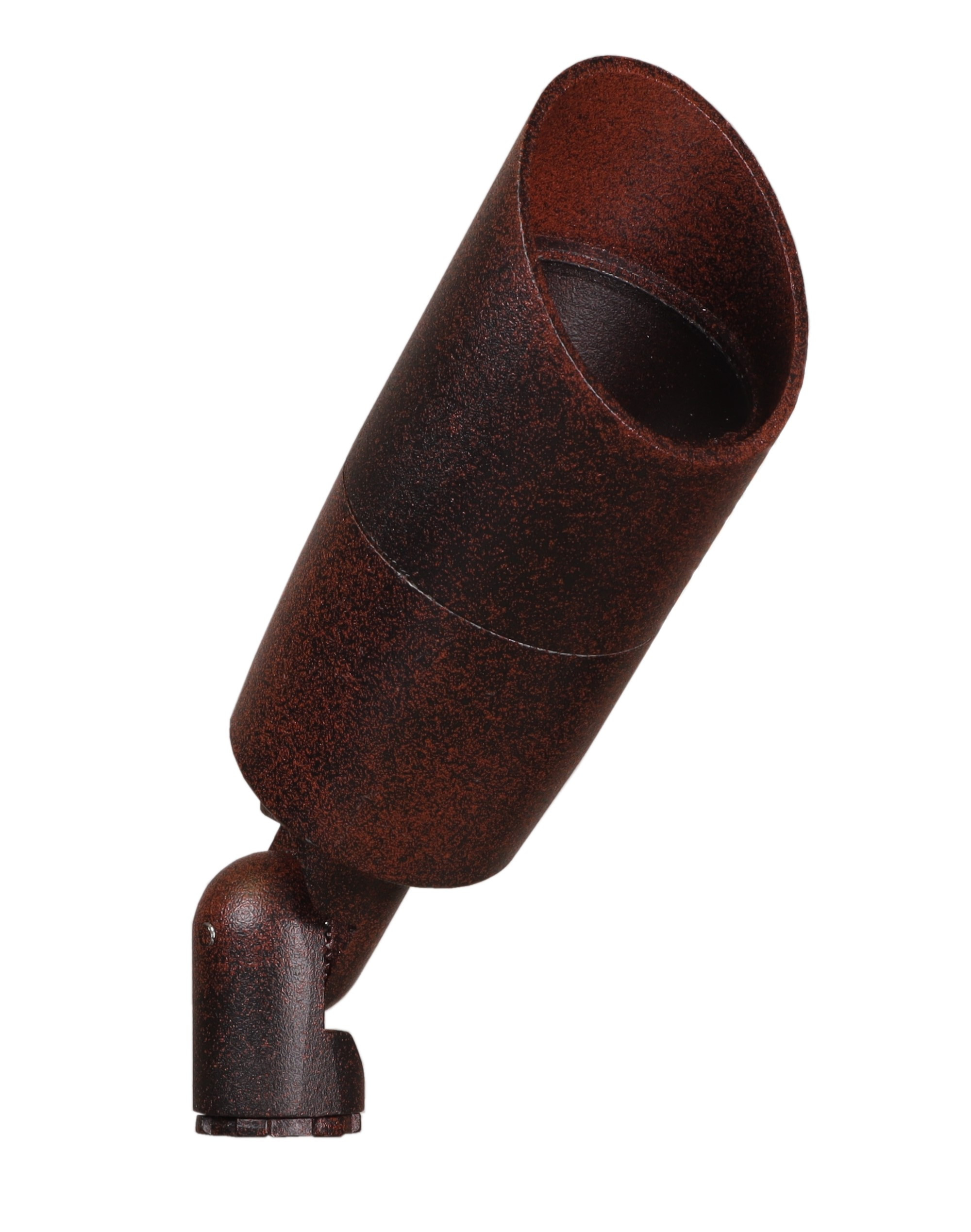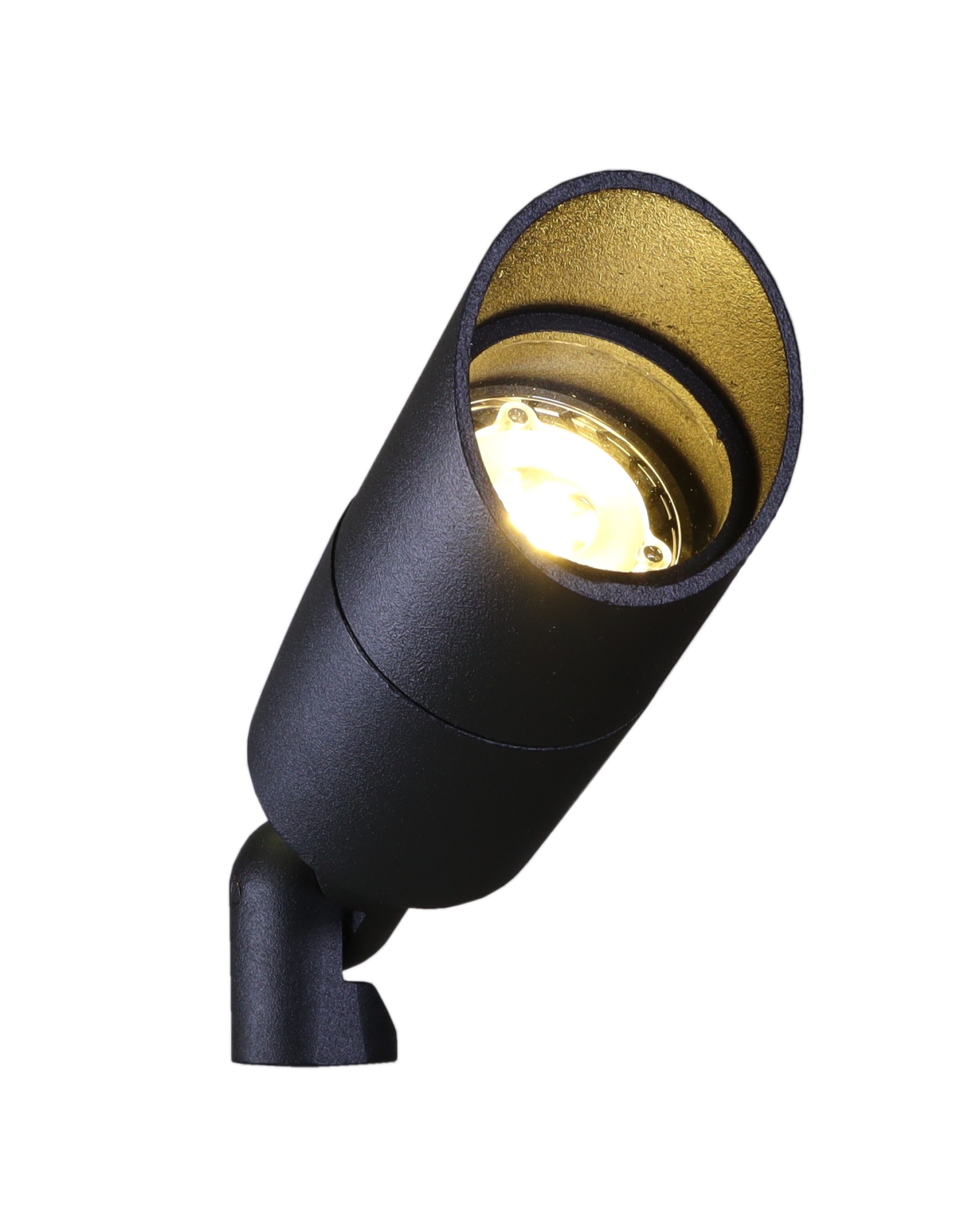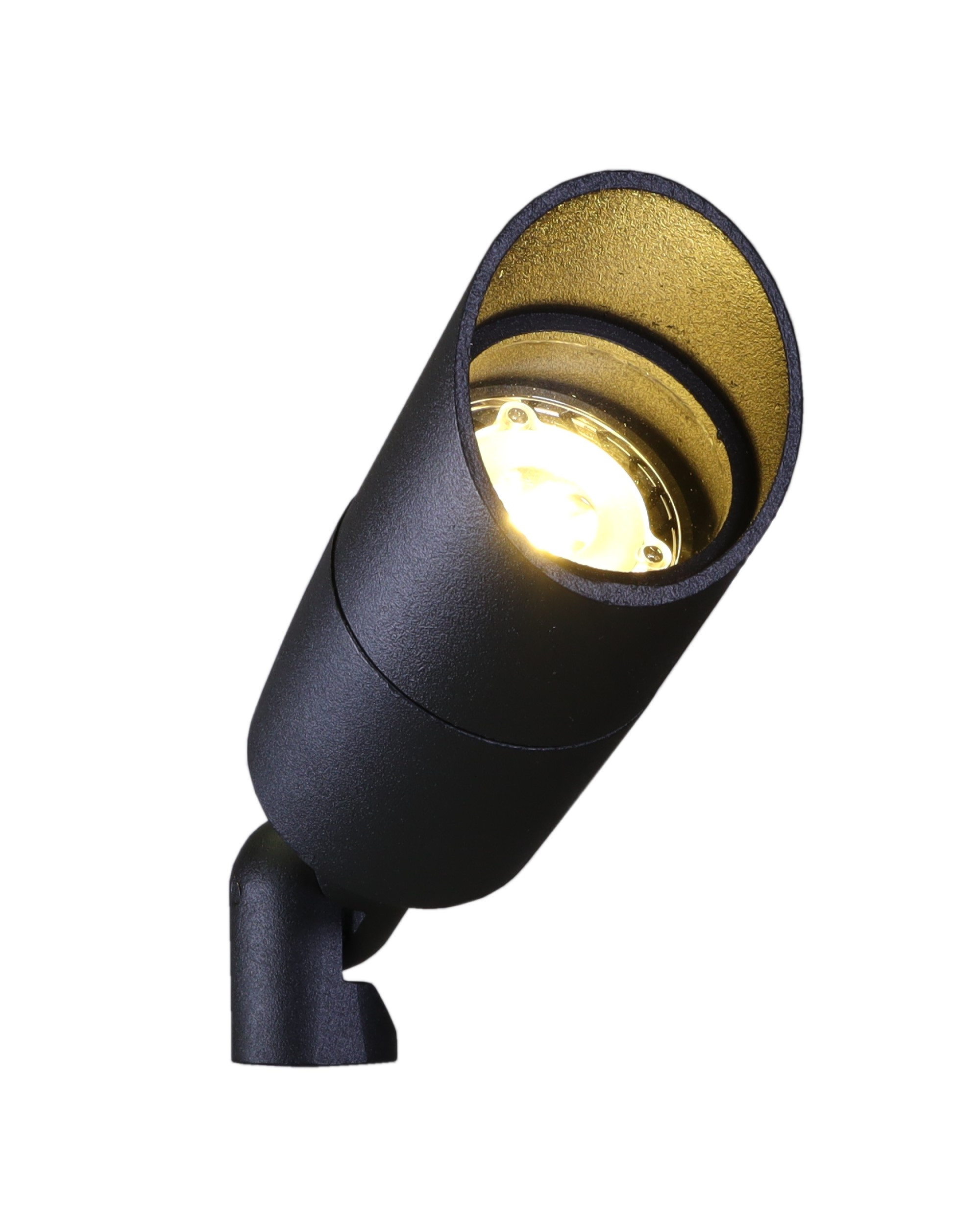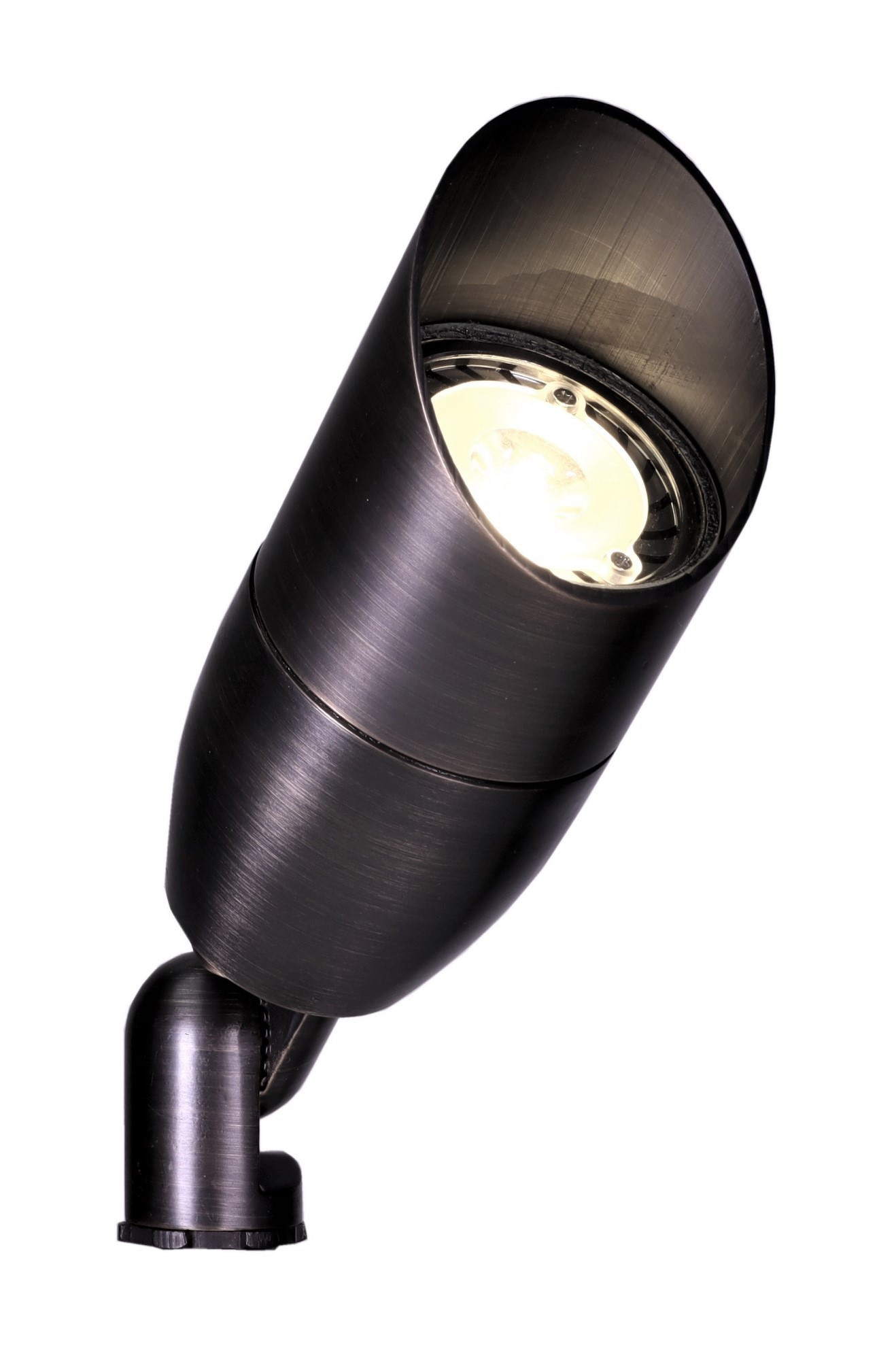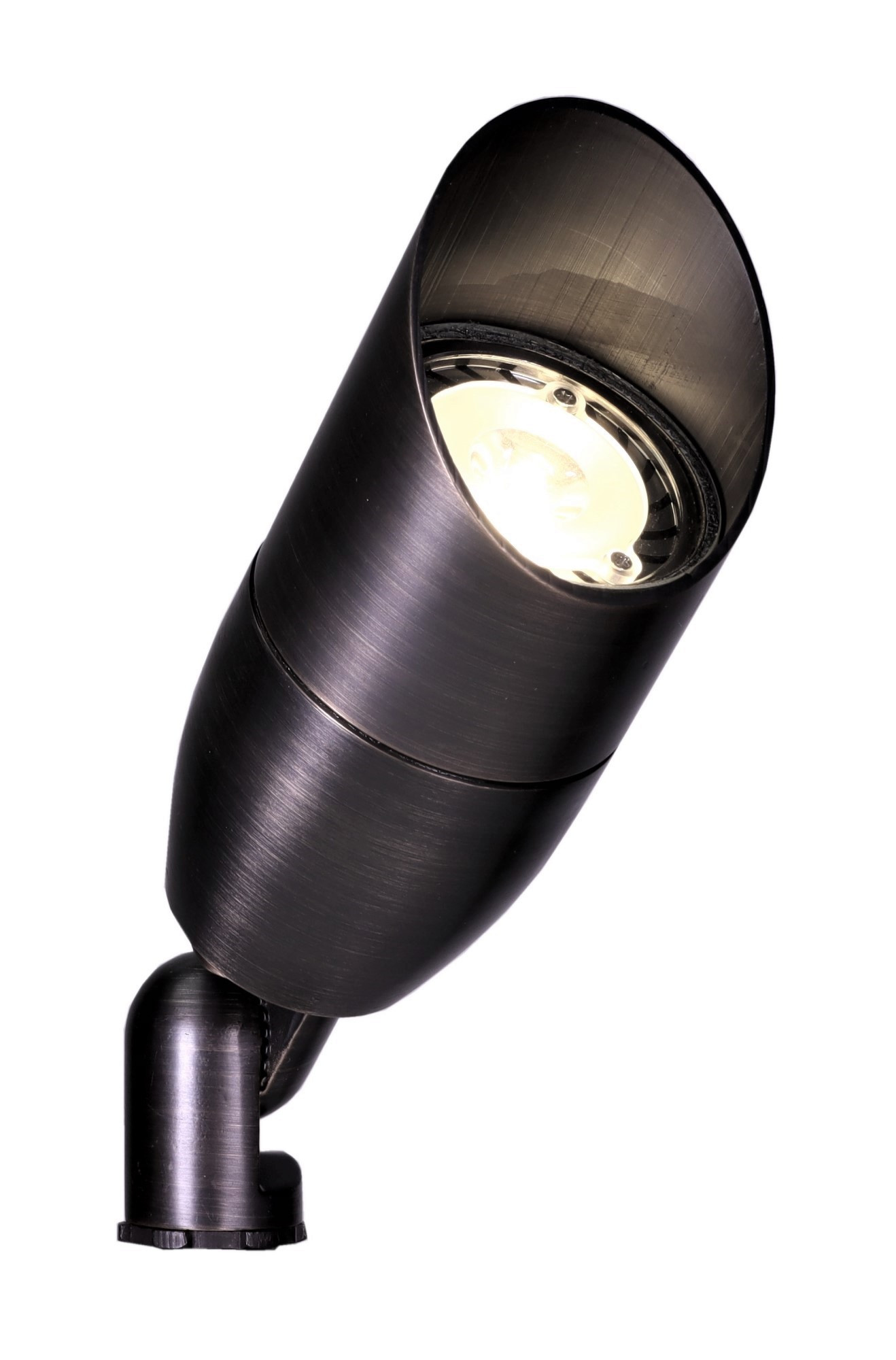Whether you plan to use outdoor directional lighting to bathe entire areas with illumination or simply to highlight something special, with the help of our flood light selection, you’ll be able to utilize low-voltage spotlights for useful landscape features.
Directional landscape lighting lets homeowners showcase their beautiful surroundings by positioning the fixture to cast a spread of illumination across their property. While many use low voltage spot lights are used outdoor as a security measure, they can also be a striking home and garden feature.
What is directional lighting?
Directional lighting is a type of lighting fixture that highlights a particular area with a single beam of light positioned in any direction. Unlike pathway lighting, directional lights are pointed to accentuate particular objects, artworks, and other decorative pieces you wish to emphasize.
How to use landscape spotlights?
There are numerous lighting tips and ideas you can find online or even from your neighborhood that you can apply to yours. The great thing about landscape spot lights is that you’ll always have ways to use them, as they are highly versatile and effortlessly blends in with any theme.
If you need help knowing where to start, here are some recommended tips for using landscape spot lighting.
Choose what you want to highlight:
Are there any specific features or decorative objects you want to emphasize on your property? Landscape spotlights do an excellent job of highlighting these areas to instantly make your property more visually pleasing.
What type of spotlights do you prefer?
Different spotlight types also include LED, incandescent, solar, and halogen options. There are pros and cons for each kind, however, we highly recommend LED options for lifespan, energy efficiency, and durability.
Where would you place them?
Placement is another factor that you should be considering since there are models specifically designed for indoor use and some for outdoor applications. Determining these questions first will help you make the most out of your directional outdoor lighting.
Benefits of Outdoor Directional Lights
Outdoor directional lights benefit homeowners with their numerous functionality and decorative potential. Here are some of the most common advantages of incorporating outdoor directional lights into your landscape.
Highlighting features
Give your decorative pieces their well-deserved attention by highlighting them using outdoor directional lights. There are numerous ways in which a subtle beam could make so much difference in your outdoor space.
Added security
While safety and security are not necessarily the primary function of bullet landscape lights, they can still contribute to adding visibility to low-light areas for added protection.
Energy efficiency
LED Spotlights work spectacularly well outdoors and produce light with substantially less energy than other options. Low voltage spot light would save you from a ton of costs in the long run.
Are LED spotlights worth it?
When it comes to lighting output, lifespan, and durability, LED Spotlights will never disappoint you. They are a worthwhile investment for homeowners looking to take their landscape lighting system to another level without breaking the bank. We highly recommend you check out our variety of selections here at Best Pro Lighting today!
Where to Buy Directional Lighting?
Let our exclusive directional outdoor lighting selection help you encompass all the elements of your beautiful backyard with some state-of-the-art, low-voltage landscape lighting spotlights made from heavy-duty cast aluminum with a powder-coated finish in Black or Rust. We even have excellent customer reviews to back it all up. It’ll soon become one of the most advantageous forms of LED Directional Light upgrades you’ve ever made.
Frequently Asked Questions
Q. How to Choose the Best Directional Lighting?
A. Purpose of the Lighting:
Ambiance: If you're looking to create a cozy, inviting atmosphere, opt for soft, warm lighting.
Safety: For illuminating pathways, stairs, and entryways, choose brighter lights to ensure safe navigation.
Highlighting: To accentuate specific features like statues, trees, or architectural details, directional lights with a focused beam are ideal.
Lighting Type and Technology:
LED: Long-lasting and energy-efficient.
Halogen: Brighter but consumes more energy.
Solar: Environmentally friendly and doesn't require electrical wiring, but it might not be as bright or reliable on cloudy days.
Brightness and Color Temperature:
Ensure the lumen output is suitable for your needs.
Decide on the color temperature, with warmer tones (2700K-3000K) being more inviting and cooler tones (4000K and above) being brighter and more functional.
Adjustability:
Lights with adjustable heads are beneficial if you want to change the direction of the light, especially if you're focusing on specific features.Lights with adjustable heads are beneficial if you want to change the direction of the light, especially if you're focusing on specific features.
Weather Resistance:
Ensure the lighting fixture is durable and rated for outdoor use. Look for IP (Ingress Protection) ratings that indicate water and dust resistance.
Energy Efficiency:
LED lights typically offer the best energy savings.
Consider lights with motion sensors or timers to reduce energy consumption.
Style and Design:
The aesthetics of the light fixtures should complement the style of your outdoor space, whether it's modern, traditional, rustic, or any other style.
Installation and Maintenance:
Check if the lights require professional installation or if they can be a DIY project.
Consider the ease of changing bulbs or any other maintenance activities.
Safety and Security:
For security purposes, choose lights with motion sensors.
Ensure the fixtures are safe to touch and don't get too hot, especially if placed in areas where children or pets might come in contact with them.
Budget:
Determine a budget beforehand and find options that offer the best value for your money. Remember, the most expensive option isn't always the best.
Size and Scale:
The size of the light fixtures should be in proportion to the area you're lighting. For larger spaces, you might need larger or more numerous fixtures.
Environment and Surroundings:
If you're in an area with frequent wildlife visits, consider wildlife-friendly lighting that minimizes disturbances.
For coastal areas, choose materials that resist corrosion.
By considering these factors, you can ensure that you select the right outdoor directional lights that meet your needs, aesthetic preferences, and functionality requirements for your outdoor space.
Q. How to properly use directional lighting?
A. Directional lighting is a powerful tool for emphasizing specific elements or areas within a space. To use it effectively, first, identify the primary subject or feature you want to highlight. Place the light source so it focuses on the desired element without spilling excessively to surrounding areas. Angle and distance are crucial; adjust both to achieve the desired effect. Ensure the light source is shielded to prevent glare and unnecessary diffusion. It's also essential to choose the right light intensity and color temperature to complement the overall ambiance of the space. Periodic maintenance ensures consistent performance and longevity.
Q. What are the benefits of using outdoor directional lighting?
A. Outdoor directional lighting enhances the beauty, safety, and functionality of outdoor spaces. By focusing light on specific areas, objects, or plants, it accentuates architectural features, landscaping elements, and sculptures. This not only increases curb appeal but also creates a dynamic nighttime landscape. Safety is another significant benefit; directing light towards pathways, steps, and entrances reduces the risk of accidents and enhances security. Furthermore, well-placed outdoor directional lights can create a warm and inviting ambiance, encouraging outdoor activity and gatherings. Additionally, it can improve visibility in task areas, like grilling or reading zones.
Q. Can outdoor directional lights be used to highlight specific features?
A. Absolutely, that's one of the main purposes of outdoor directional lighting. By pointing light towards specific elements such as statues, trees, fountains, or architectural details, you can emphasize their presence and enhance their visual appeal during nighttime. Directional lights can be adjusted to control the intensity and spread of the light, allowing for precise highlighting. This focused illumination not only showcases the unique features of a property but also adds depth and contrast to the overall landscape. When selecting and placing lights, consider the feature's size, shape, and importance to ensure the desired emphasis is achieved.
Q. What is the cost range for outdoor directional lighting fixtures?
A. The cost of outdoor directional lighting fixtures varies widely based on several factors, including material, design, brand, and technology. Basic models made of less durable materials or with simpler designs can start at around $20 to $50. Mid-range fixtures, offering a balance between quality and cost, typically range from $50 to $200. High-end models, made of premium materials with advanced features and unique designs, can go from $200 and can even exceed $1,000 in some cases. It's essential to factor in additional costs, such as installation, wiring, and bulbs, when budgeting for your lighting project.
Q. Are outdoor directional lights weather-resistant and durable?
A. Yes, outdoor directional lights are designed to withstand various weather conditions, making them both weather-resistant and durable. Manufacturers use robust materials like stainless steel, brass, and aluminum, which are treated to prevent corrosion and rust. These fixtures typically feature seals and gaskets to protect against moisture ingress, ensuring their longevity even in rain, snow, or high humidity. UV-resistant finishes prevent fading from prolonged sun exposure. However, it's essential to choose fixtures rated for the specific conditions of your location, such as those with higher resistance to salt if situated near the coast.
Q. How do outdoor directional lights differ from other types of outdoor lighting
A. Outdoor directional lights are specifically designed to focus light on particular areas or features, offering precise control over where and how light is cast. Unlike ambient or pathway lighting, which provides general illumination, directional lights emphasize specific objects or spaces. Their adjustability distinguishes them, allowing users to direct light accurately. In contrast, other outdoor lights, like bollards or lanterns, spread light more evenly in a given area. Directional lights often have shields or hoods to reduce glare and control light spill. This makes them ideal for spotlighting statues, architectural features, or plants, creating contrast and visual interest in the landscape.
